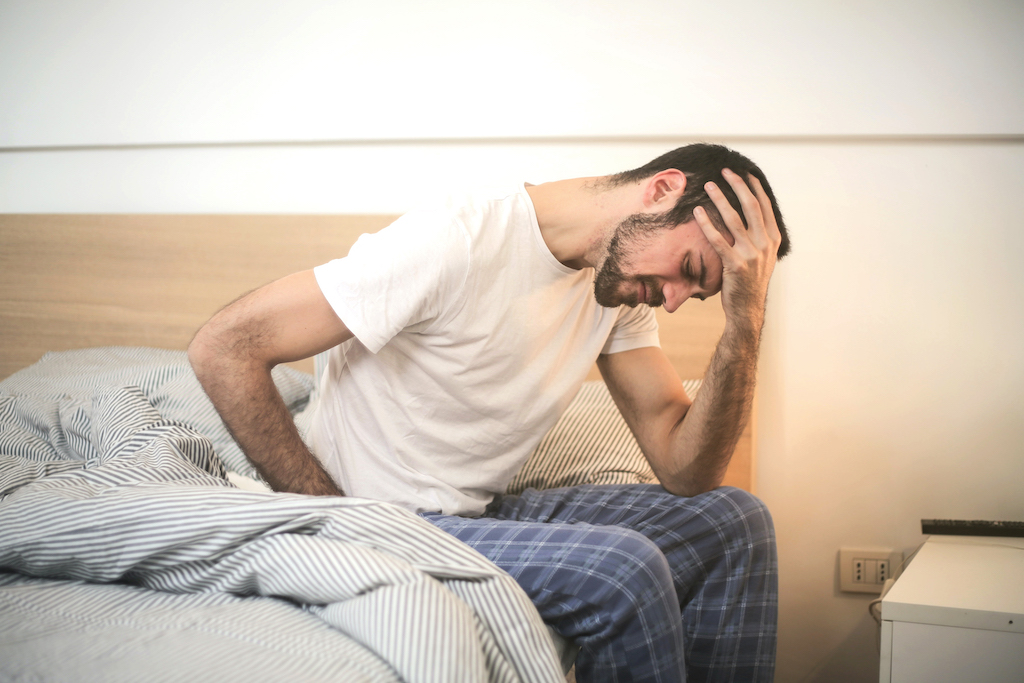
Men can suffer from pelvic floor dysfunctions as well as women, which can lead to problems with vital functions such as sexuality, continence of urine and faeces and reproduction, and any dysfunction should be treated to prevent further problems.
The pelvic floor is a muscular and ligamentous structure that encloses the lower abdominal cavity and provides adequate support for three systems: the reproductive, digestive (rectum) and urinary (bladder and urethra) systems.
It is recommended to work with exercises to strengthen this area on a daily basis, and if necessary to rehabilitate it, especially after the age of 30.
This pain is characterised by being located in the pelvis, perineum or both areas (including intrapelvic organs such as the prostate) for a period of more than 6 months. This pathology affects a large number of men and can be disabling.
It can be caused by infection, inflammation, involvement of pelvic organs such as the bladder, prostate or rectum, and even some involvement of structures such as the pudendal nerve. It can also be a condition in its own right.
It is usually accompanied by behavioural or mood disorders, and causes sexual, gynaecological, gastrointestinal, and urination disorders such as difficulty urinating or increased frequency of urination and urgency to go to the toilet.
In order to tackle this pathology, which is so difficult to diagnose due to its diversity of causes, interdisciplinary teams of physiotherapists, urologists, gynaecologists and psychologists are required to rule out other pathologies and optimise our patients' treatments.
This is why it is necessary to apply detailed study methodologies that study each case, with prestigious professionals specialised in these pathologies who collaborate and communicate very closely in order to make a differential diagnosis through interdisciplinary sessions.
With this objective in mind, we rule out each of the possible causes in order to identify their origin: infection, muscle contraction, obstruction, myofascial syndrome, pudendal nerve entrapment, among others, in order to offer the best possible solution.
Testicular pain in men is common. It is closely related to musculoskeletal pathologies of the abdominal wall.
The abdominal wall is made up of a series of muscular planes and between them run a series of sensory nerves such as the genitocrural nerve, which is the nerve that gives sensation to the testicle and is supported by several muscles such as the psoas muscle. Entrapment and irritability of these nerves causes a cascade of problems associated with pain and voiding disorders.
In the Urology and Andrology Department we work together with the urologists on this pathology. First, the urologists rule out other diseases such as testicular infections, inguinal hernias or prostatitis. Then, we can suggest a treatment to our patients with the different therapies we offer such as manual therapy and postural work, two fundamental tools to tackle this pathology.
Compression of this nerve characteristically generates neuropathic, paroxysmal, burning or lancinating pain, which may remain after the painful stimulus has disappeared and is distributed in the scrotum or anus, usually appearing after ejaculation.
It is also aggravated by posture when sitting for long periods of time. It can also lead to visceral symptoms such as impaired bladder emptying, with urinary urgency, painful bowel movements, pain after defecation or a foreign body sensation in the rectum.
It is a very complex pathology that sometimes takes years to diagnose due to the vagueness of its symptoms. At our centre, we work in collaboration with our team of urologists to try to shorten the diagnosis time.
Treatment should be progressive and we always start with manual physiotherapy and sometimes combine it with anaesthetic injections with corticosteroids or punctures. Depending on each patient and their case, our specialists determine the optimal treatment for each patient.
Rectal cancer very frequently causes anal incontinence as a post-surgical sequel to chemotherapy and radiotherapy treatment. Re-education of the pelvic floor, which is responsible for continence, is one of the treatments of choice, associated with the modification of certain habits.
At our centre we work in an interdisciplinary way among our team of professionals. Each specialist, urologist, rehabilitator, etc., can apply, depending on the case, their treatments in each stage of the disease in a personalised way and optimise the results in patients who at difficult times need the best help to be able to return to their lives quickly.
A complication of prostate surgery is often, but for a short period of time, stress urinary incontinence.
In some patients it is a sequela that can affect them enormously because of the social problems it can cause.
Physiotherapy helps to restore some of this urine leakage and continence control as the surgical trauma resolves and also as the pelvic floor is exercised.
At our centre, the Urology and Andrology Department, we strive for excellence in our treatments and, for this reason, we propose to patients, even before surgery, to start with these treatments to strengthen the urinary sphincter and pelvic floor muscles and further shorten the time in which urine leaks.
If you are experiencing pelvic floor problems, wait no longer. Schedule your consultation with our pelvic floor rehabilitation specialists and take the first step towards a healthier, more comfortable life.


